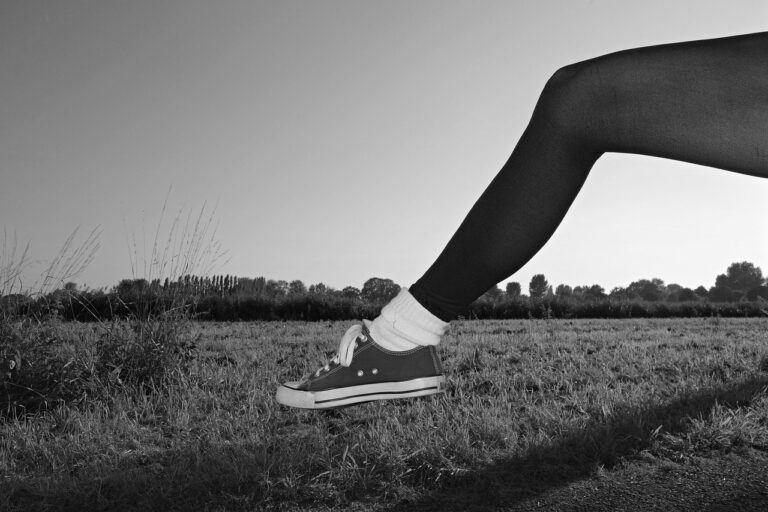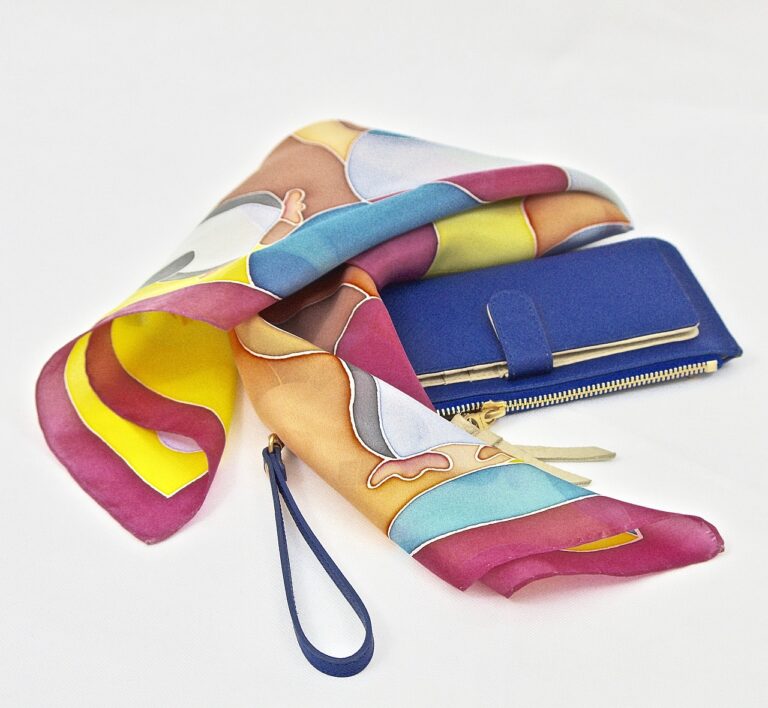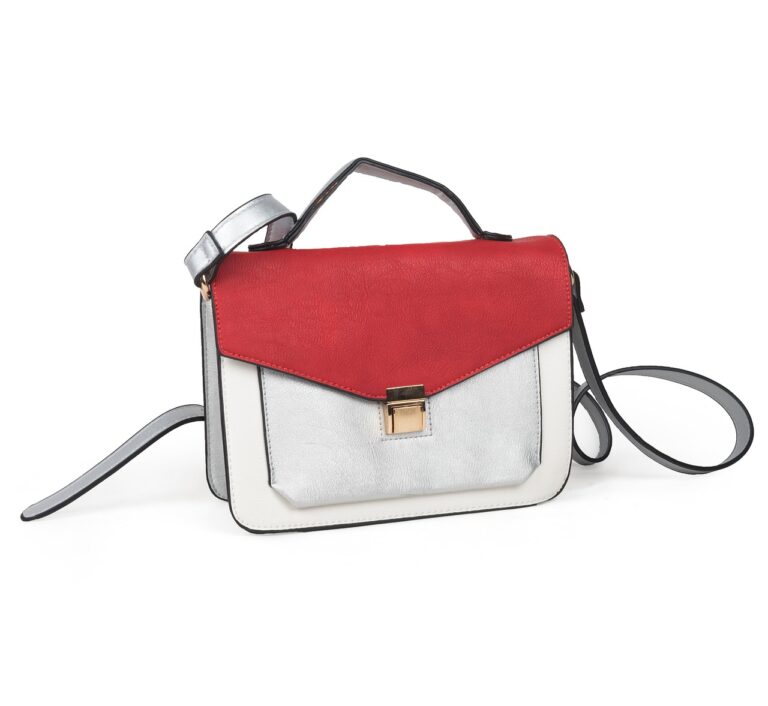Fashion Psychology: Understanding the Emotional Connection to Clothing Choices
When it comes to fashion, many of us make choices based on our personal style preferences, trends, and practical considerations. However, there is a deeper psychological aspect to our clothing choices that often goes unnoticed. Fashion psychology explores the emotional and mental connections people have with the clothes they wear, shedding light on how our wardrobe choices can impact our mood, self-perception, and behavior.
The Psychology Behind Clothing Choices
Our clothing choices are not just about covering our bodies or following trends; they are a means of self-expression. The clothes we wear can convey messages about our personality, social status, and mood. Psychologists have long studied the connection between fashion and psychology, revealing that our clothing choices can significantly influence our emotions and behavior.
Self-Expression Through Fashion
One of the primary reasons why we choose certain clothing items is to express our individuality and personality. Our fashion choices can reflect our values, beliefs, and interests, allowing us to communicate who we are without saying a word. For example, someone who prefers minimalistic and monochromatic outfits may be seen as organized and professional, while someone who loves bold and colorful prints may be viewed as creative and outgoing.
The Impact of Color
Color plays a crucial role in how we perceive and feel about clothing. Different colors evoke different emotions and can influence our mood and behavior. For instance, wearing bright colors like yellow or red can boost energy and confidence, while wearing neutral colors like black or grey may convey sophistication and elegance. Understanding the psychological effects of color can help us make intentional clothing choices that align with how we want to feel and be perceived.
Psychological Benefits of Dressing Well
Research has shown that dressing well can have a positive impact on our mental health and self-esteem. When we put effort into our appearance and wear outfits that make us feel good, we are more likely to exhibit confidence and positivity. This phenomenon, known as “enclothed cognition,” suggests that the clothes we wear can influence our cognitive processes and behaviors. By dressing well, we can boost our self-confidence and project a strong image to the world.
The Influence of External Factors
Our clothing choices are not made in isolation; they are influenced by external factors such as media, culture, and peer pressure. Fashion trends, celebrity styles, and societal norms all play a role in shaping our perception of what is fashionable and desirable. As a result, we may find ourselves following trends or purchasing certain items simply because they are popular, without considering if they truly align with our personal preferences and values.
Emotional Attachment to Clothing
Many of us have a sentimental attachment to certain clothing items, whether it be a cherished sweater from childhood or a special occasion dress. Our clothes can hold memories and emotions, evoking nostalgia or comfort when we wear them. These emotional connections to clothing can influence our decision-making process when getting dressed and can impact how we feel throughout the day.
Conclusion
Understanding the emotional connection to clothing choices can provide valuable insights into the psychology behind our fashion preferences. By recognizing the impact of our wardrobe decisions on our mood, self-perception, and behavior, we can make more intentional choices that align with our values and goals. Fashion psychology offers a unique perspective on how our clothing can shape our identity and communicate who we are to the world.
FAQs
What is fashion psychology?
Fashion psychology is the study of how our clothing choices impact our emotions, behavior, and self-perception. It explores the psychological motivations behind why we wear certain clothes and the influence of fashion on our mental well-being.
How does color affect our mood?
Color has a significant impact on our emotions and can influence our mood. Different colors evoke different feelings, with bright colors often boosting energy and confidence, while neutral colors convey sophistication and elegance.
Can dressing well improve self-esteem?
Research suggests that dressing well can have a positive impact on our self-esteem and mental health. When we wear outfits that make us feel good, we are more likely to exhibit confidence and positivity, ultimately boosting our self-esteem.
How can I make more intentional clothing choices?
To make more intentional clothing choices, consider your personal style preferences, values, and goals. Choose clothing items that align with who you are and how you want to feel. Incorporate colors and styles that make you feel confident and comfortable.







